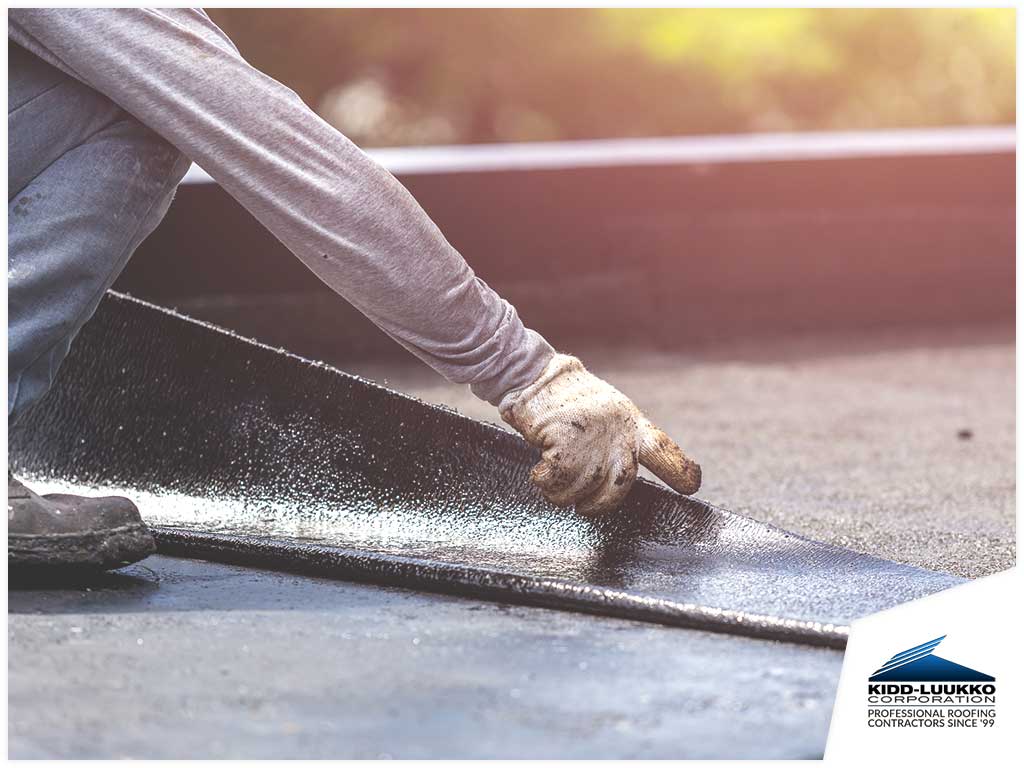Thanks to technological advancements and improvements to epdm roofs though shrinkage has diminished significantly.
Bitumen roof shrinkage.
Shrinkage of a membrane often damages base flashings or the roof edge assembly leading to water infiltration.
The more obvious sign of roof shrinkage are highly visible gaps running along the seams where the roofing surface rolls were initially laid out.
Asphalt roll roofing or membrane is a roofing material commonly used for buildings that feature a low sloped roof pitch in north america.
An organic felt or fiberglass mat saturated with asphalt and faced with granular stone aggregate.
Its causes include aging of the material poor installation and uv exposure.
The material is based on the same materials used in asphalt shingles.
The shrinkage of the top surface is commonly due to normal aging and weathering of the shingle over the years.
The installation process known as torch on roofing is often used on commercial.
Shrinkage is most common on epdm or modified bitumen roofs.
The swelling of the underside of the shingle is commonly due to the migration of excessive amounts of airborne moisture from the attic spaces through the roof deck and into the bottom surface of the shingle.
Methods recommended for preventing shrinkage include adhesion of the whole roofing system and peripheral attachment of the membrane to the deck.
Roof shrinkage is no easy matter to deal with.

